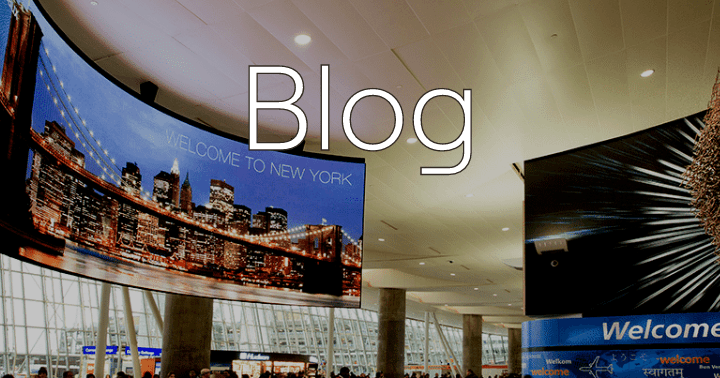In 1995, the release of the film Clueless sparked an epidemic of knee-high stockings and plaid skirts in my junior high school. Having grown up in Southern California, I felt a kinship to Cher, the lead character. Though I was neither tall nor blonde, I could relate to her obsession with fashion.
In the opening scene, Cher is choosing an outfit using what was considered at the time to be an extremely high-tech touchscreen computer system. This system not only showed her if an outfit was mismatched, but also showed her what it would look like on her body. This concept literally blew my mind. What if technology could help us shop?
In 2014, the computer that kept Cher Horowitz looking perfectly put together exists. But it’s even better than we imagined. Retailers are using technology just like this to create dynamic shopping experiences. With so many technologies to choose from, how do you create a successful digital experience for your brand?
Here are few tips to help you get started:
1. Make the digital experience cohesive. It’s easy to get excited about all the options on the market today, but installing every type of technology available without following a plan leaves you with many moving parts to manage and a difficult system to monitor.
Just as you wouldn’t allow fixtures that don’t fit into a fixturing plan, you shouldn’t allow a mismatched digital installation.
Look at the big picture aesthetically to ensure that you are telling a consistent visual and digital story.
2. Extend the digital experience beyond a brick-and-mortar location. In-store digital technologies close the gap between the online and offline shopping experience. Kate Spade’s storefront in NYC recently installed a 24-hour interactive window display, allowing customers to window shop anytime of day. Items are purchased using touchscreen technology and delivered by a Kate Spade representative anywhere in the city, usually within an hour. Technology such as this allows customers to choose between an in-store experience and a quick delivery, depending on their preference.
Digital elements in your store enhance the engagement of your in-store customer. But it’s crucial to carry that same level of engagement to customers that prefer to shop outside of a brick-and-mortar location.
3. Create trust on social media. Fedelta recently released a study stating that 74% of consumers rely on their social networks to make purchase decisions. If your brand isn’t captivating customers and creating trust on social media, you are missing a huge opportunity to generate web and foot traffic.
The Nike Running store in NYC’s Flatiron District did a phenomenal job integrating social media into their retail location, with a floor-to-ceiling LED display that scrolls social media posts relevant to the Nike brand.
This vibrant installation not only allows customers to see their social posts as they happen, but reinforces that Nike is engaged with their consumers in the social world.
4. Use technology to making shopping convenient. I couldn’t leave out one of my favorite technologies for retail. Fits.me is one of many interactive, virtual fitting-room technologies that allow your customers to try on clothes without having to deal with the pains of untying shoes or slinking their way out of skinny jeans. Basically, Cher Horowitz’s closet management system exists today, and a number of retailers are using this technology to enhance engagement and even minimize theft occurrences.
Many retailers are using iPads on the sales floor to allow shoppers to look up inventory levels, purchase online, or purchase directly from the sales floor.
Options such as these let your customers shop on their own terms, providing them a new and engaging way to shop without slowing them down. Remember, your digital strategy should provide added convenience for shoppers.
5. Your customers are moving faster than ever before, so keep up. The in-store shopping experience has faced a dramatic change over the last 20 years. The buyers journey is no longer made up solely of print ads and static sale signage, but now is a multifaceted digital experience that integrates social media and in-store technology—a journey that begins long before the customer sets foot in your store.
If you center your digital experience around your customers, success is guaranteed.

